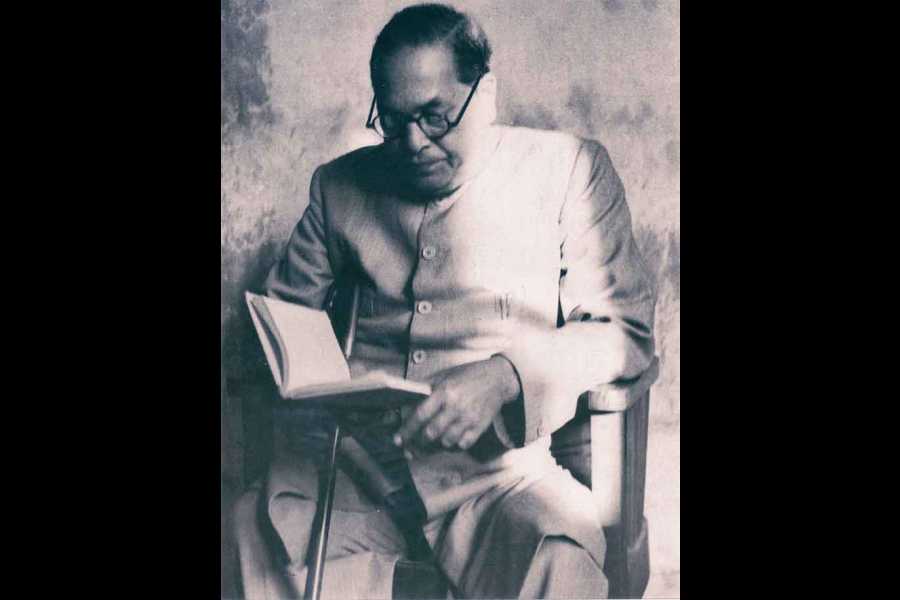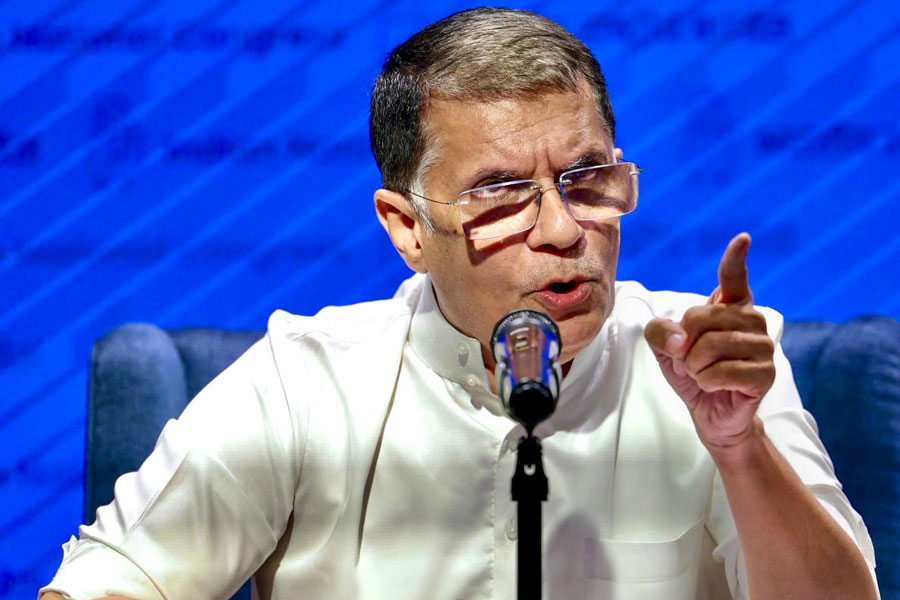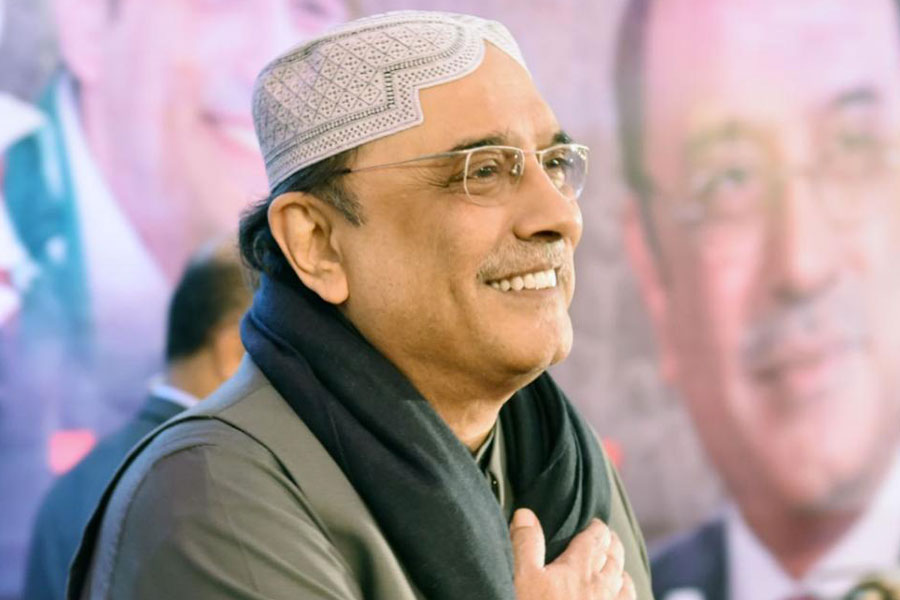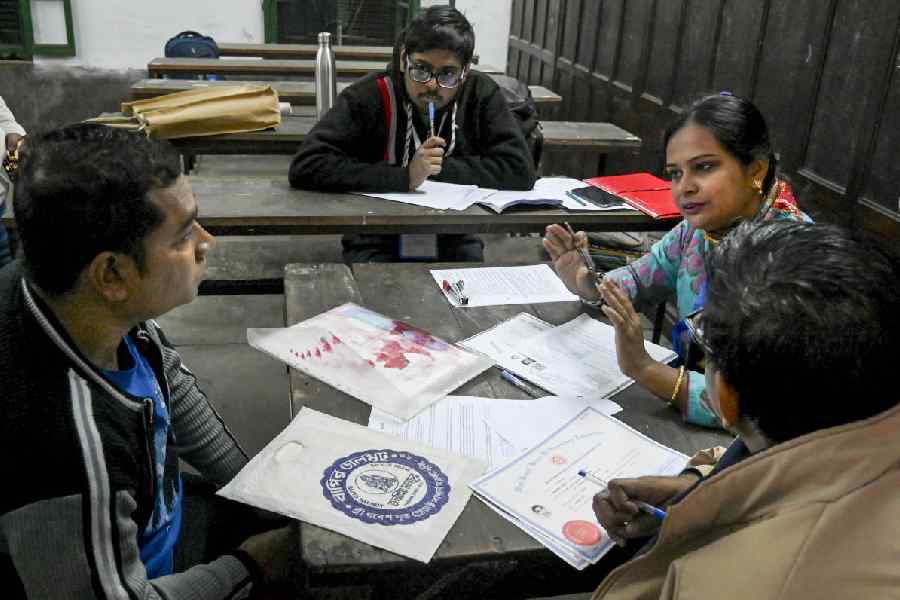Book: ICONOCLAST: A REFLECTIVE BIOGRAPHY OF DR. BABASAHEB AMBEDKAR
Author: Anand Teltumbde
Published by: Viking
Price: Rs 1499
India’s political bigwigs had bickered bitterly about the Union home minister’s allegedly slighting remark about B.R. Ambedkar. Reading Anand Teltumbde’s “reflective biography” on Ambedkar around that time was a fortuitous happenstance. As different political parties seek to optimise their appropriation of the ‘Ambedkar brand’ and milk his iconic status among India’s Dalits to have a big bite at a vote bank, Iconoclast sets about busting myths, sounding warnings, and serving up sobering reflections that help anchor Ambedkar the man and the cult to a grounded context of criticality, introspection, and call for action. A fiercely independent scholar, Teltumbde has been critical of the Indian Right as well as of the Left and has already written polemically about the politics carried out by people claiming to be Ambedkar’s followers. Unsurprisingly for such a consistently critical voice, he was arrested and incarcerated in the Bhima Koregaon case, and a large chunk of the book was written from prison.
Ambedkar has never lacked scholarly attention, with several biographies written during his lifetime. With a growing interest in him triggered by the increased accessibility of his writings and speeches from the late 1980s onwards, many important studies of his life and work followed, the most notable examples being those authored by Aakash Singh Rathore, Eleanor Zelliot, Scott Stroud, Gail Omvedt, and Christophe Jaffrelot, among others. Ramachandra Guha’s honour roll of the Makers of Modern India includes him, of course, as does Sunil Khilnani’s more recent list in Incarnations: India in 50 Lives.
But Teltumbde’s work differs fundamentally from most other portrayals by tearing away the layers of hyperbole, often spun by vested interests among his devotees and, more significantly, by politicians and the State. He presents Ambedkar not as an object of veneration but as an important figure with lessons to offer to the present generation. His critical reflections challenge the reductionist view of Ambedkar as a mere symbol of Dalit emancipation. Evidently, Teltumbde’s project is not to provide a well-rounded portrayal of the man and his times but to debunk Ambedkar’s iconisation so that a vibrant, post-Ambedkar movement can emerge, free from his numerous mistakes — most importantly his shifting political positions, which often defied understanding and led followers to lapse into the devotee (bhakti) mode, questioning nothing. This, as he demonstrates powerfully, has opened the way to both opportunism by particular Dalit groups, and appropriation by all political parties that pay only tokenistic lip service to Ambedkar.
The outlines of Teltumbde’s assessment of Ambedkar are simple enough. Ambedkar’s capabilities as a negotiator with the colonial State were honed by his education abroad and, yet, gut antipathy for communism and his refusal to include people outside his Mahar caste severely limited the reach of his movement. His pragmatic politics relied on rhetoric to achieve immediate results, often leaving the root causes unresolved. And
his tunnel-vision focus on varnashrama missed out on the economic dimensions of caste, leading him away, by and large, from class-based political mobilisation. Compounded by his revulsion against communism, this failure stifled Dalit mobilisation around material factors and led their consciousness to identitarian and sectarian directions, which were eventually self-defeating.
This diversionary process, however — as Teltumbde asserts boldly — had been set in motion by Congress, which at M.K. Gandhi’s behest co-opted Ambedkar whose assigned role as the new nation’s lawmaker-in-chief was (deliberately?) designed to inculcate among Dalits a reverence for the Constitution. However, the cynical subversion of the Constitution by the ruling class drove Ambedkar to eventually dismiss the venerated document and explore the Buddhist alternative. This, as Teltumbde shows, was a flawed move because caste continued to thrive regardless of religion, which also diverted people’s attention away from material issues.
In that sense, Iconoclast is not only a ‘reflective’ biography but a programmatic one, seeking to reorient the Dalit movement away from uncritical cultism and towards class-based mobilisation. Teltumbde strives to make sure that Ambedkar’s life and legacy are approached with critical analysis rather than mere reverence. Driving
Teltumbde’s trenchant writing is the conviction that what India’s needs foremost is a class-based people’s movement that recognises the reality of caste and seeks to annihilate it. Towards this end, he has worked as an activist and ideologue, much as the subject of his biography had, but without his prejudicial antipathy towards class-based politics. Hopefully, today’s Dalit movement will pay serious attention.











